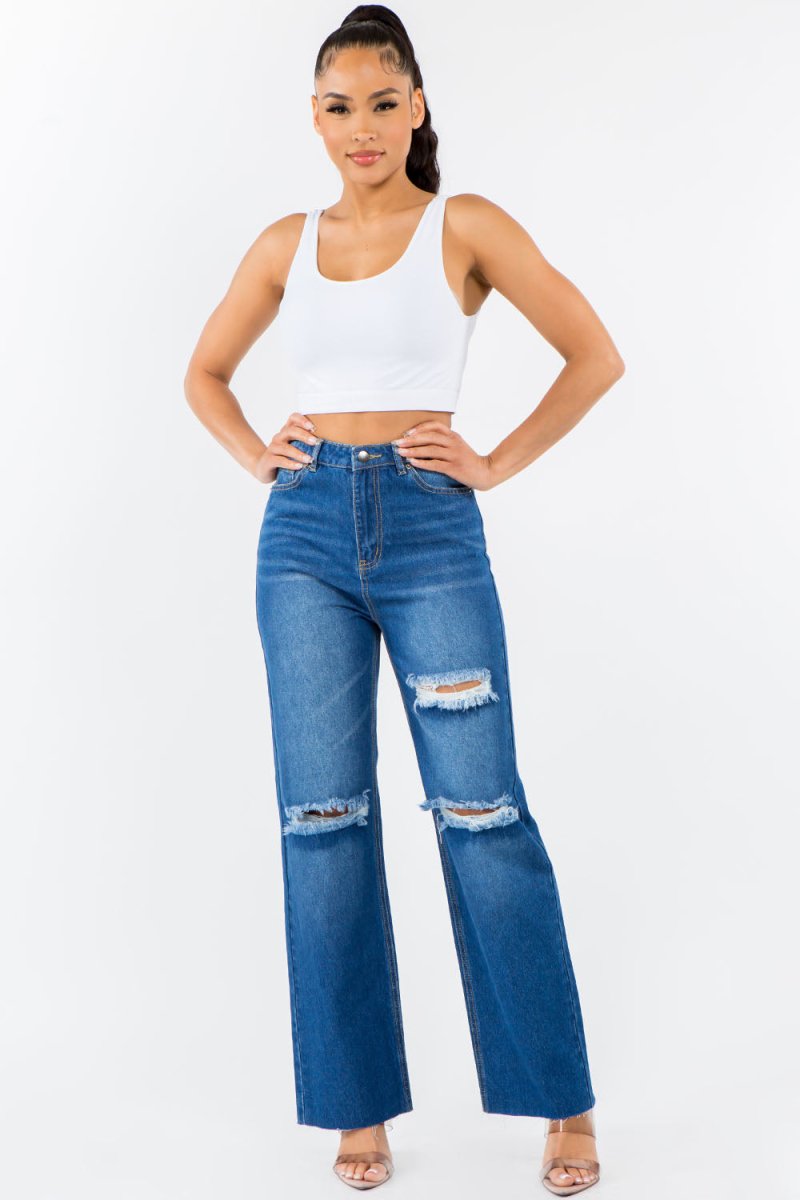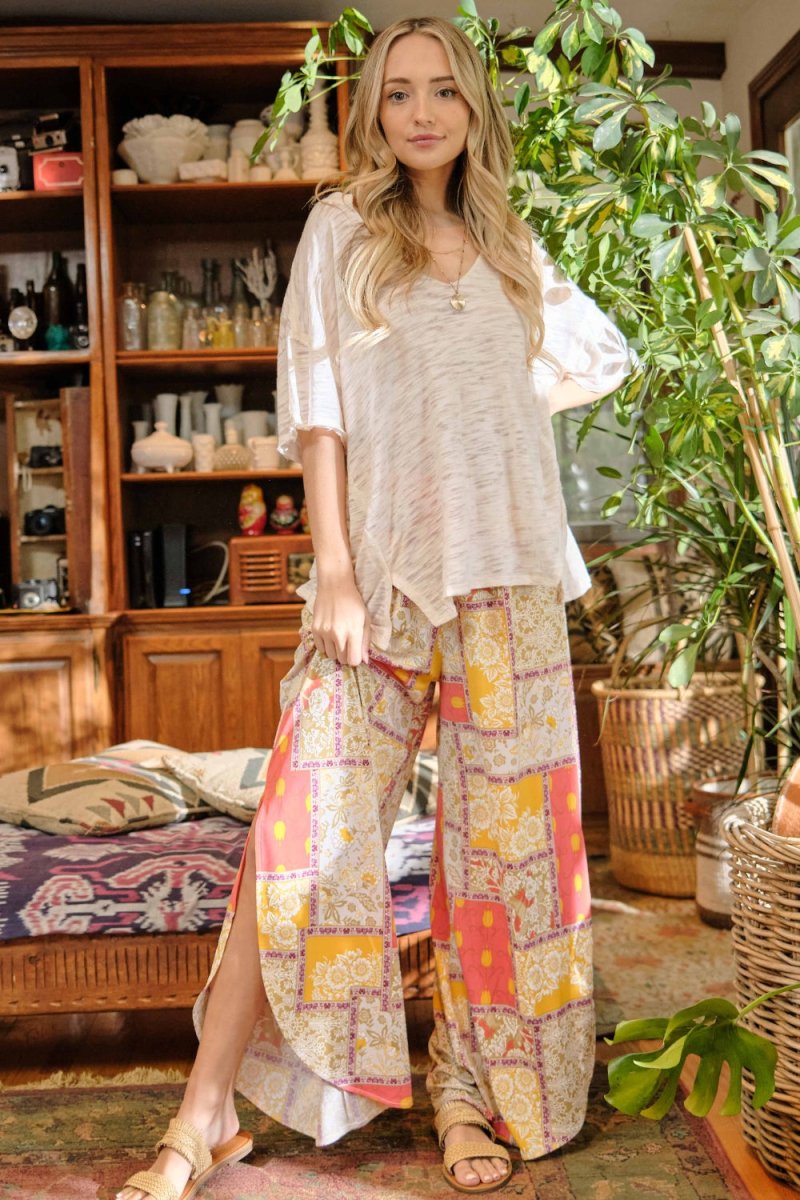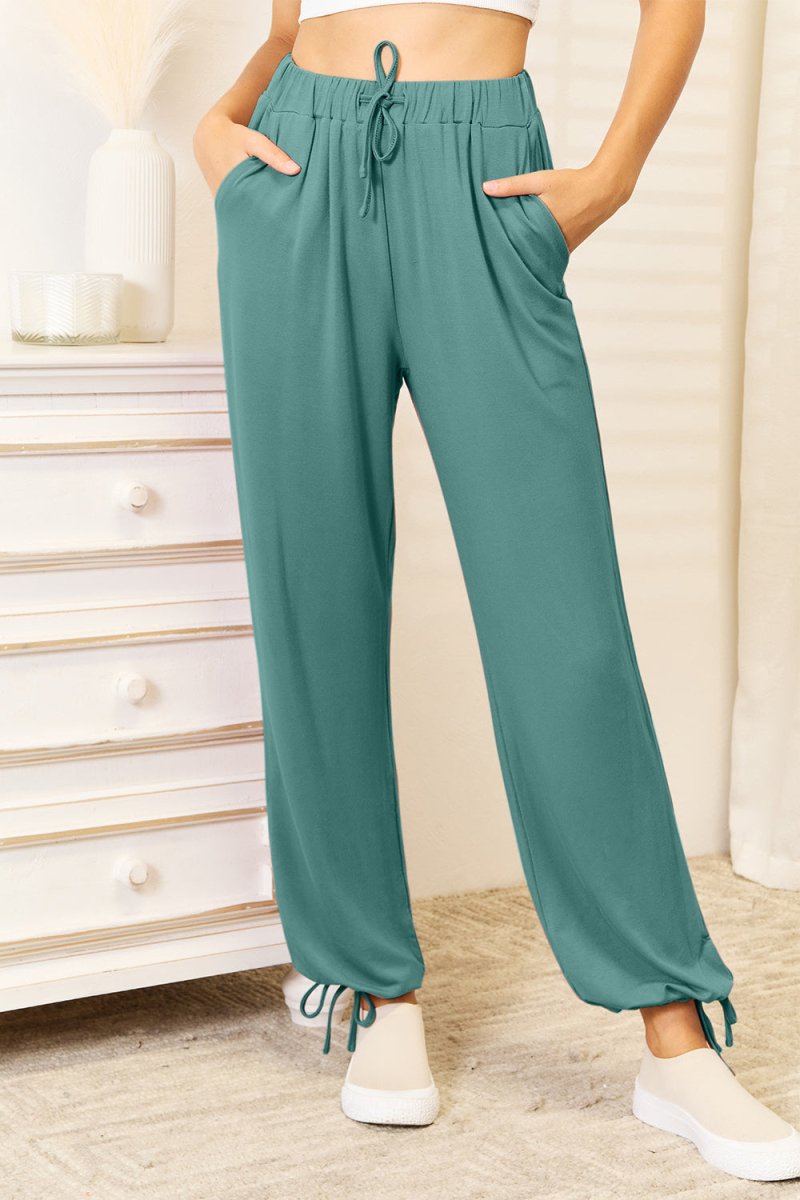by Stephanie Williams
Though the accessibility of garments and clothing has become increasingly important with time, most consumers don’t realize just how much our environment is being negatively impacted. Fast fashion, exactly as the term sounds, focuses on mass production and marketing of clothing, sometimes at the expense of considerations like worker ethics or the surrounding environment. Prime examples of some of the hottest fast fashion clothing brands include Zara, SHEIN, Forever 21, and H&M.
Source: today.com
Just a few factors that need to be taken into account when considering the deeper implications of fast fashion and its influence are water, microplastics, and energy usage. Textile dyeing remains, on a global level, the quickest water pollutant; it takes around 700 gallons of water to make simple cotton shirt, and 2,000 gallons of water to produce a pair of denim jeans. Many fast fashion brands make use of synthetic fibers such as polyester, neon, and acrylic. When discarded, these non-biodegradable plastics like polyester textiles can be found in the ocean just from over-consumption and usage of these plastics. Approximately 80 billion garments are wasted on an annual basis. Lastly, energy consumption remains a large concern in the fast fashion business because it wastes a great deal of energy like petroleum or hydrogen chloride. Materials like cotton are not very eco conscious, though quite popular among the general population.
Source: UCLA.edu
Slow fashion, on the other hand, which is encouraged by our collaborators at Nexus Point Luxe, is a common response to the hazards of fast fashion. Since it can be challenging to afford handmade eco conscious clothing, a healthy alternative would be to thrift or to purchase from secondhand clothing shops like Poshmark or ThredUP.
Slow fashion not only encourages consumers to not be wasteful, but endorses the significance of choosing both ethical and environmentally safe clothing. If more consumers were less wasteful about clothing products, and turned to slow fashion as a viable alternative, we may see vast improvements in our environmental conditions, slowly but surely.
Source: climateculture.earth












